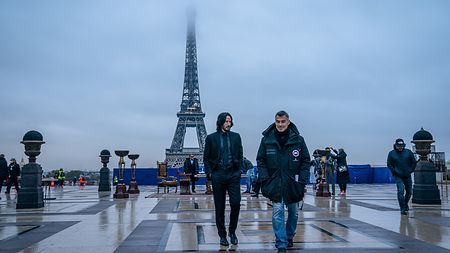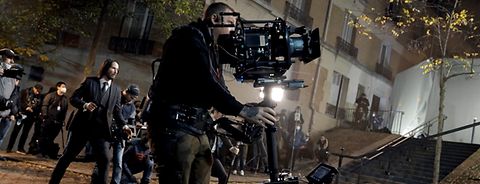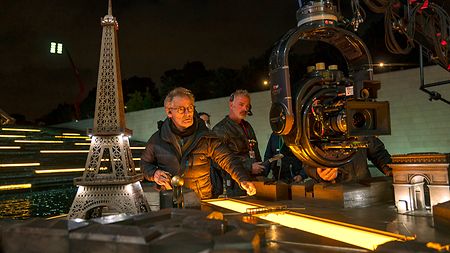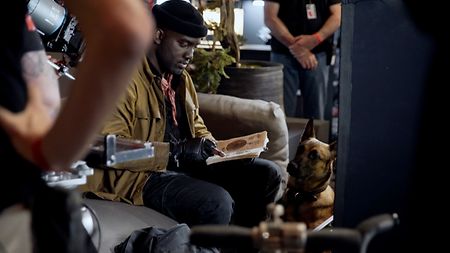Dan Laustsen, ASC, DFF says that his goal with "John Wick: Chapter 4" was to boost the energy level in every way, seeking a look that was "bigger, crazier, and more beautiful." That philosophy led him to the ARRI ALEXA Mini LF and ALFA anamorphic lenses. ARRI Rental developed the ALFA large-format lenses in collaboration with filmmakers including Greig Fraser ASC, ACS, using ARRI Master Anamorphics as a starting point.
"We had used Master Anamorphics on the previous John Wick films," says Laustsen. "I'm a big fan. But for "John Wick: Chapter 4" we found that the ALFAs and the Mini LF were a fantastic combination. The color balance and depth of field are amazing. There's very little bending in the wide angles. We wanted crisp, bold colors and deep blacks. You can shoot very wide angle, and see details in all the colors."

Director Chad Stahelski (right) paces out a scene with lead actor Keanu Reeves.




